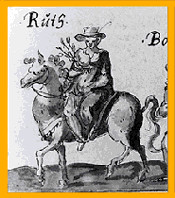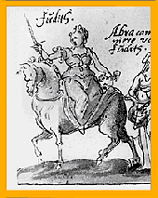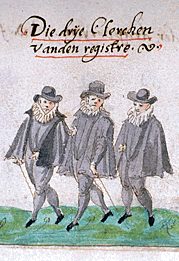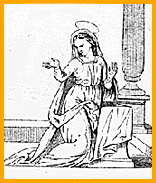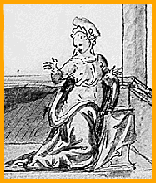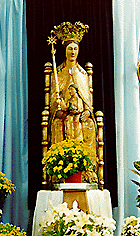 |
The Liber Boonen is a manuscript History of Leuven,
its antiquities and ceremonies, written by William Boonen, a Clerk of
the City Registry, in 1593/1594.
It includes a full description of the city’s famous ommegang or procession, in honour of its patroness the Blessed Virgin Mary, whose statue as Sedes Sapientiae, ‘Seat of Wisdom’, is featured on the seal of the University. This statue was paraded annually from its home in St Peter’s Cathedral on the first Sunday in September (contiguous to the Feast of the Nativity of the Virgin Mary on 8 September), a procession associated with a popular Fair which bought revenue to the city in tolls and trade. |
